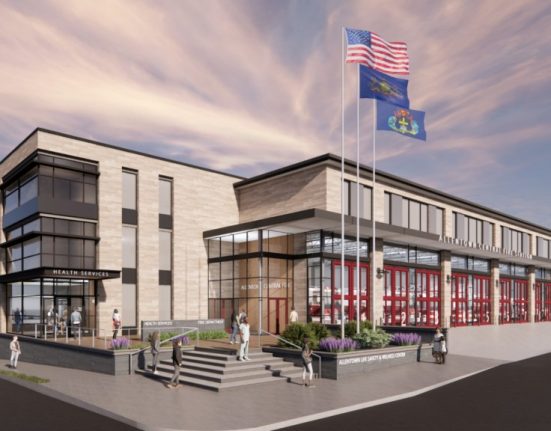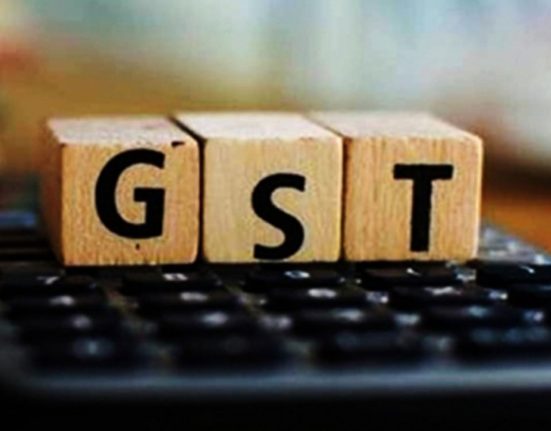In a recent letter to the Beacon, to which many of my legislative colleagues from the Flathead signed on to, it is postulated that real property tax reform was not yielded through SB 542. I agree with my colleagues that a tax shift occurred and the reason for this include the following factors:
In the most recent Biannual Report from the Department of Revenue, it is noted that 33% of state government funding is derived from the property tax. Two of our neighboring states are far less dependent of the property tax; Idaho at 21% and North Dakota at 18%. At the same time our dependency on class four properties, residential and business have grown to 73% of the taxable value of property classifications in the state. Obviously, the two aforementioned states have a general sales tax which balances the impact of a state like Montana, that has experienced a decade of speculative real estate transactions. At the same time the cost of government has increased. Although school, county and municipal governments have maximum general budget caps, those budgets along with many permissive levies, voted levies and bonds have resulted in the need for additional mills. You might think that the increased amount of taxable value would lower mills. As counterintuitive as this may seem, I’ve concluded that “You can’t grow yourself out of the problem.” It is essential that tax policy such as HB 231 and SB 542 receives the signature of the governor or in a rare occasion have two-third of legislative support to override a veto. The governor was unwilling to consider the sales tax and had already allocated large sums of future revenue in the lowering of the income tax. He also made clear his discomfort in co-mingling large sums of income tax collections to lower property taxes. In the end, the governor agreed to use about $60 million per year to shore up a special fund for school equalization that would suffer with overall lower taxable values. The shift looks to higher rates for second homes and short-term rentals and transfers the savings to most full-time residences and medium and small businesses. We estimate that about 230,000 property owners will benefit from the two bills.
During this session, I passed SB 237 which tasks the Revenue Interim Committee to make rate recommendations to the subsequent legislature. The recommendation being based upon a report from the DOR on tax rate neutrality following a reappraisal event. It is also important that the interim committee understand the changes in the appraisal of Centrally Assessed Properties which make up the majority of the remaining taxable value. These include utilities, railroads, and telecom properties. The rates for Centrally Assessed are substantially higher than residential properties, but nevertheless, long term reduction in values may necessitate change.
The Interim Committee will also monitor the rollout of the new property taxes and will make recommendations for changes as we better understand the impacts.
In the future, the conversation will continue regarding long term property tax reform. Worse than an imperfect bill would have been no action. People want more than a rebate. Despite the rhetoric in the recently submitted letter, the property tax bills passed were the product of bipartisanship with the signature of Governor Greg Gianforte.
Sen. Dave Fern
D-Whitefish







